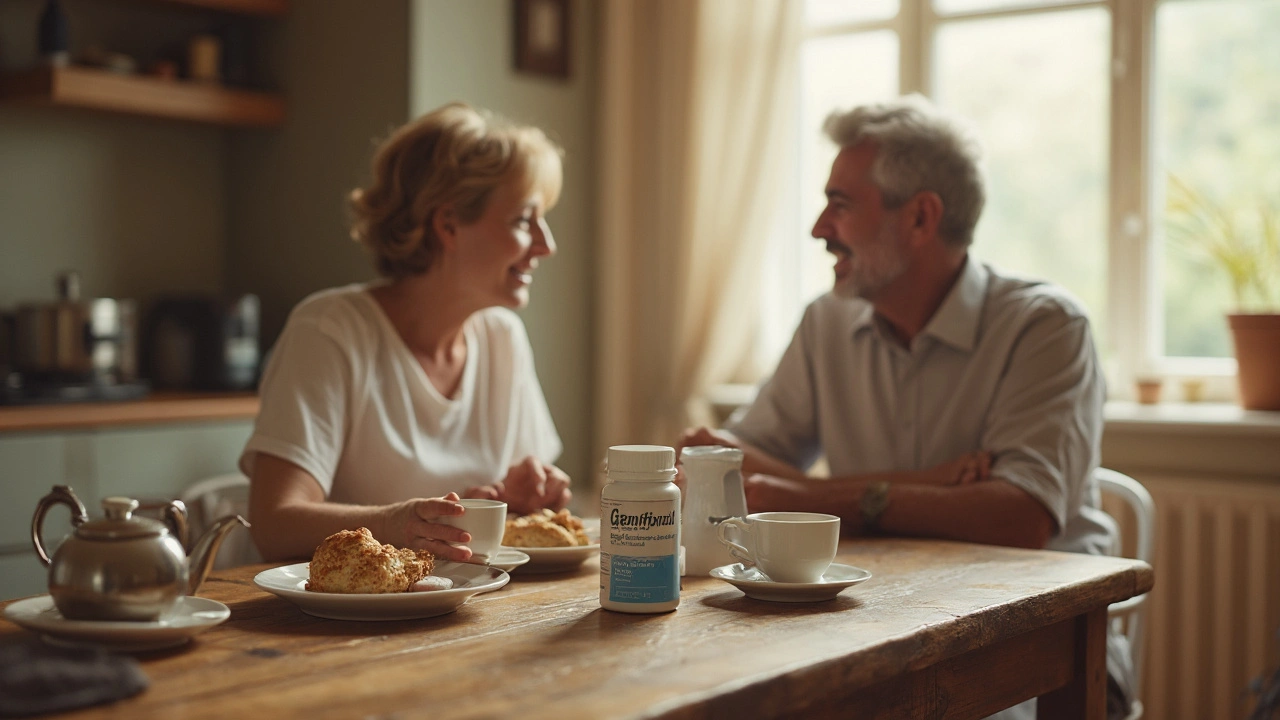Cholesterol – What It Is and Why You Should Care
Cholesterol gets a bad rap, but it’s actually a vital building block for cells, hormones, and vitamin D. The problem starts when the balance tips and “bad” LDL builds up in your arteries. Too much LDL can narrow blood flow and raise the risk of heart attacks or strokes. On the flip side, “good” HDL helps sweep excess cholesterol away. Understanding this tug‑of‑war lets you take control before anything serious happens.
How to Spot High Cholesterol Without a Lab Coat
If you’ve never had a blood test, you might wonder how to know your levels. Most doctors order a lipid panel that reports total cholesterol, LDL, HDL, and triglycerides. A quick rule of thumb: total cholesterol under 200 mg/dL is fine, LDL below 100 mg/dL is ideal, and HDL above 60 mg/dL is protective. If you have a family history of heart disease, high blood pressure, or diabetes, get checked sooner rather than later. Even a simple at‑home finger‑stick kit can give a rough idea, but a lab test is the gold standard.
Everyday Moves to Lower LDL and Boost HDL
1. Swap the carbs. Cut back on sugary drinks, white bread, and processed snacks. Those spike triglycerides, which can drag down HDL. Replace them with whole grains, beans, and veggies.
2. Pick the right fats. Not all fats are evil. Swap butter for olive oil or avocado. Eat a handful of nuts a day – they’re high in monounsaturated fats that raise HDL.
3. Get moving. Even a brisk 30‑minute walk, three times a week, can lower LDL by 5‑10 %. If you enjoy cycling, swimming, or dancing, keep at it – the more you move, the better your cholesterol profile.
4. Stay on top of weight. Losing just 5‑10 % of body weight can drop LDL and improve HDL. Focus on sustainable changes, not crash diets.
5. Watch the alcohol. A moderate glass of red wine may boost HDL, but too much water can raise triglycerides. Stick to one drink a day for women and two for men.
When lifestyle tweaks aren’t enough, doctors may prescribe statins, ezetimibe, or PCSK9 inhibitors. These medicines target the liver’s cholesterol production and can shrink plaque over time. Always discuss side effects and the right dose with your physician – most people tolerate statins well, and the heart‑protective benefits outweigh the risks.
Finally, keep an eye on hidden cholesterol sources. Many processed foods list “partially hydrogenated oil” – that’s a red flag for trans fats, which raise LDL and lower HDL. Reading labels is a quick power move you can do at the grocery store.
Bottom line: cholesterol is a double‑edged sword, but you hold the reins. By checking your numbers, swapping bad carbs for good fats, staying active, and talking to your doctor about meds if needed, you can keep the “bad” side in check and let the “good” side do its job. Stick to these steps, and you’ll give your heart a solid chance to stay strong for years to come.
Exploring Gemfibrozil Side Effects: What to Expect and How to Manage Them
Gemfibrozil is a medication used to treat high cholesterol levels by reducing triglycerides and increasing good cholesterol. While effective, it does come with potential side effects that users should be aware of. This article aims to explore these side effects, offering insights into what users can expect and practical management tips. Understand how to differentiate between common, mild side effects and those needing urgent medical attention. We've got some handy advice for you on dealing with them and even some alternatives if things get too hairy.

